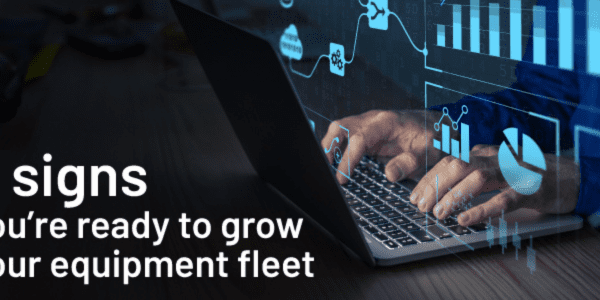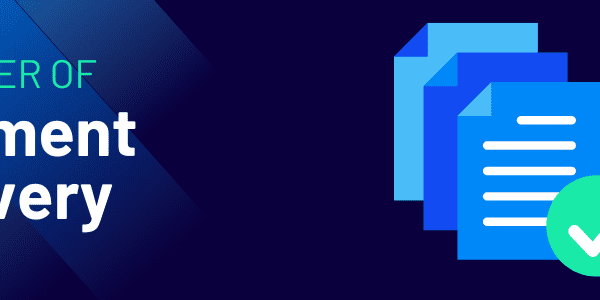
Your organization has made a decision on your equipment management software that best fits your needs. Now it’s time to implement it. Where do we start?
Solidify Your Business Process
While your vendor can assist with best practice using their software, they cannot dictate the best way your business should be run. Before beginning your implementation, focus on your business process and determine the areas of success and pain points. As Bill Gates once said, “the first rule of any technology used in a business is that automation applied to an efficient operation will magnify the efficiency. The second is that automation applied to an inefficient operation will magnify the inefficiency.” Taking the time to focus solely on your current operations will help to keep goals consistent and applying the right software to achieve them.
Create Project Plans
Think of an implementation as a giant project made up of smaller, more manageable projects. To make your migration easier, define the smaller projects and make a project plan for each. Define the scope of each plan, what activities need to take place and their deadlines, assign resources and finally, have a project manager.
Successful implementations will have a dedicated Project Manager to oversee the entire transition. This is not a part-time job! They will be managing communications from within your company and the vendor, making sure projects are on schedule and continuing that your business processes are the core focus of any software or enhancement you choose to implement.
Create a Cross-Functional Committee
Each department in a company has different needs they want to address when switching to new software and each should have complete buy-in on the software they’ll be converting to. A cross-functional committee will allow you, as a company, to decide how your software should be implemented. This committee should be comprised of key personnel from each department who can assist in decisions on software functionality.
Train Your Staff
Training is the most crucial part when implementing software. If you have trainers, it’s highly recommended they be on-site during implementation to completely understand their area of focus. Once your vendor is off-site, they will be the ones responsible for educating your end-users. If necessary, consider creating a business practice manual that will define how to accomplish tasks within your new software.
Make Sure Your Infrastructure is Ready
As you begin planning for your implementation, it’s a good idea to review all of your software and evaluate any issues with compliancy (should you be purchasing a new server or going to a hosted or SaaS model). Further, if your software needs to communicate with your ERP solution, have a discussion with these vendors and your ERP provider so that there is a clear understanding of responsibilities during and after the switch. This is vital for constant uptime once you’ve gone live. Any oversight here could be extremely problematic down the road.
We know that implementations can appear stressful and daunting, but bearing these tips in mind, they don’t have to be! Creating a solid plan for before, during and post-implementation will be the most vital asset for a successful, and smooth, transition. If you want to see why it is worth the work, just ask Rosendin Electric why they implemented Wynne’s software in their business.





